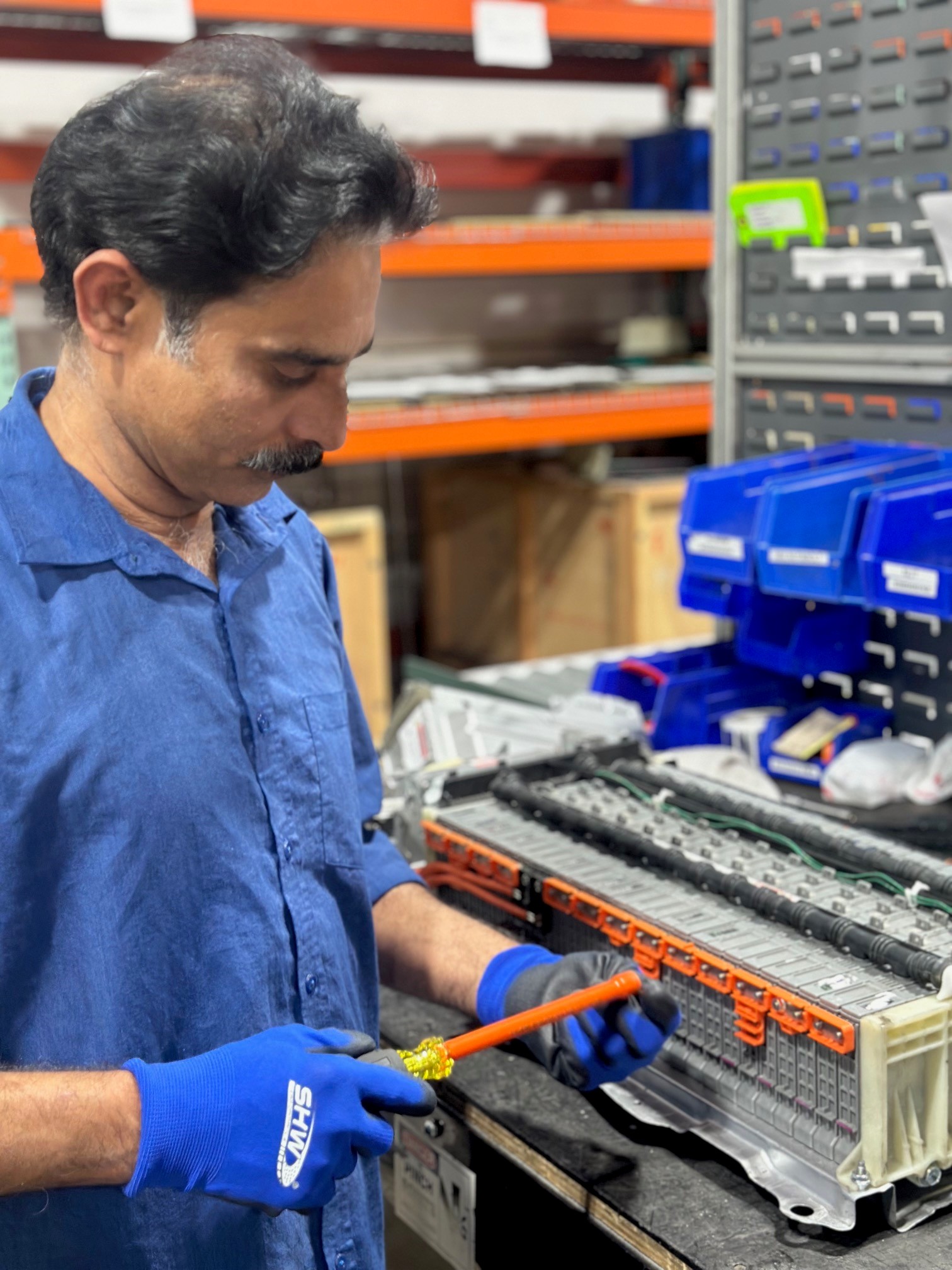The automotive world is no stranger to policy shifts—but the latest move by President Trump is already reshaping how manufacturers, suppliers, and consumers think about their next vehicle. The administration’s new 25% tariff on imported automobiles and certain auto parts, effective March 2025, is intended to strengthen domestic industry. But as always, the ripple effects are being felt most acutely where complexity meets global supply chains: the hybrid vehicle market.
The Hybrid Squeeze: Japan, Manufacturing, and Tariff Trouble
Japan has long been the dominant player in hybrid technology. Brands like Toyota, Honda, and Mazda continue to lead the charge in hybrid market share, and while they’ve made strategic investments in U.S.-based manufacturing—like Toyota’s plant in Kentucky and Honda’s operations in Ohio and Indiana—hundreds of thousands of hybrid vehicles are still imported annually from Japan.
According to recent data, Toyota alone imported over 657,000 vehicles from Japan in 2024. Mazda added another 640,000. These vehicles are now directly impacted by the new tariffs, raising the specter of sticker shock for American consumers. Automakers are scrambling to adapt. Honda, for example, is planning to source hybrid batteries from Toyota’s battery plant under construction in North Carolina to soften the tariff blow.
Wait—Didn’t Some Tariffs Just Get Pulled Back?
Yes, but not the ones that matter to this conversation.
Alongside the auto tariffs, the Trump administration introduced a broader set of “reciprocal tariffs” targeting general imports, which were quickly paused for 90 days in a strategic move to reset diplomatic talks with countries like the UK, India, and Australia. But the 25% automotive tariff? That one is still firmly in place—especially for imports from Japan, Canada, and Mexico. That means your next imported hybrid—or a new OEM hybrid battery—could cost a lot more, and very soon.
What This Means for Battery Replacement
When hybrid owners think about maintenance costs, battery replacement is usually at the top of the list. Most OEM batteries are made overseas. A new battery—often imported or reliant on imported modules—may soon reflect the new tariffs, either in price or in delays.
This is where remanufactured hybrid batteries step into the spotlight.
Why Remanufacturing Is the Smart—and Stable—Alternative
At A3 Global, we remanufacture hybrid batteries using high-quality modules right here in the United States. That means:
-
No Tariffs: Our batteries are domestically produced, so they’re immune to the volatility of international trade wars. It suports American workers and American companies.
-
Lower Cost: Remanufactured batteries cost significantly less than new OEM batteries—often by hundreds or thousands of dollars.
-
Tested Quality: Every A3 Global battery is rigorously tested to meet or exceed OEM performance standards.
-
Sustainable: Remanufacturing keeps usable materials in circulation and reduces waste—making it the most environmentally responsible choice.
-
Fast, Reliable Availability: We’re not waiting on slow ports, customs issues, or sudden trade negotiations. Our products are ready when you are.

A3 Global Employee Remanufacturing a Hybrid Battery for a Toyota Vehicle in Phoenixville, PA
The Bottom Line
In an era of unpredictable tariffs, shifting trade alliances, and volatile pricing, remanufactured hybrid batteries offer clarity and control. For hybrid drivers, it’s not just about cost—it’s about confidence. You shouldn’t have to pay more just because two governments can’t agree.
At A3 Global, we believe in transportation solutions that are smart, sustainable, and shielded from political whiplash. That’s why we remanufacture in the U.S., for the U.S. Because when the road ahead gets uncertain, the last thing you want under the hood is doubt.



